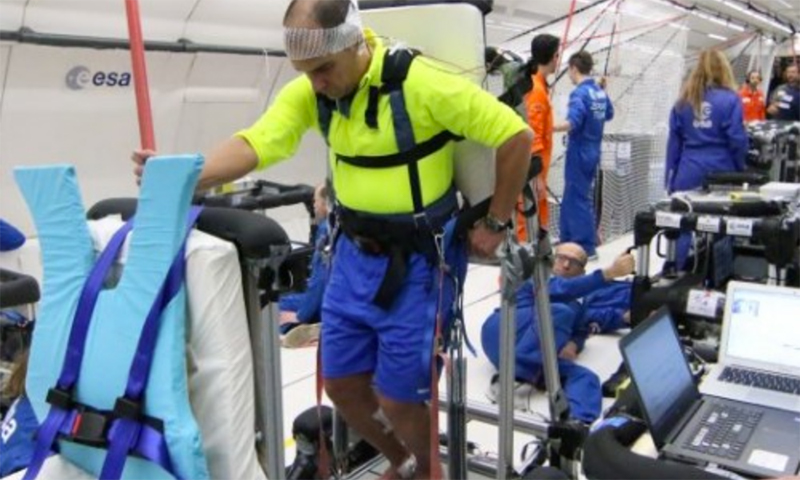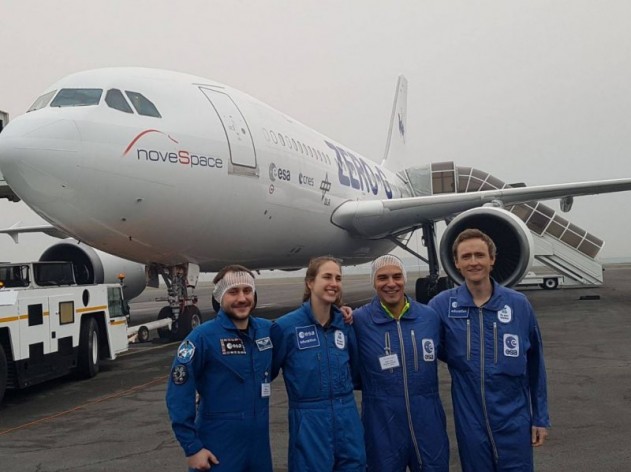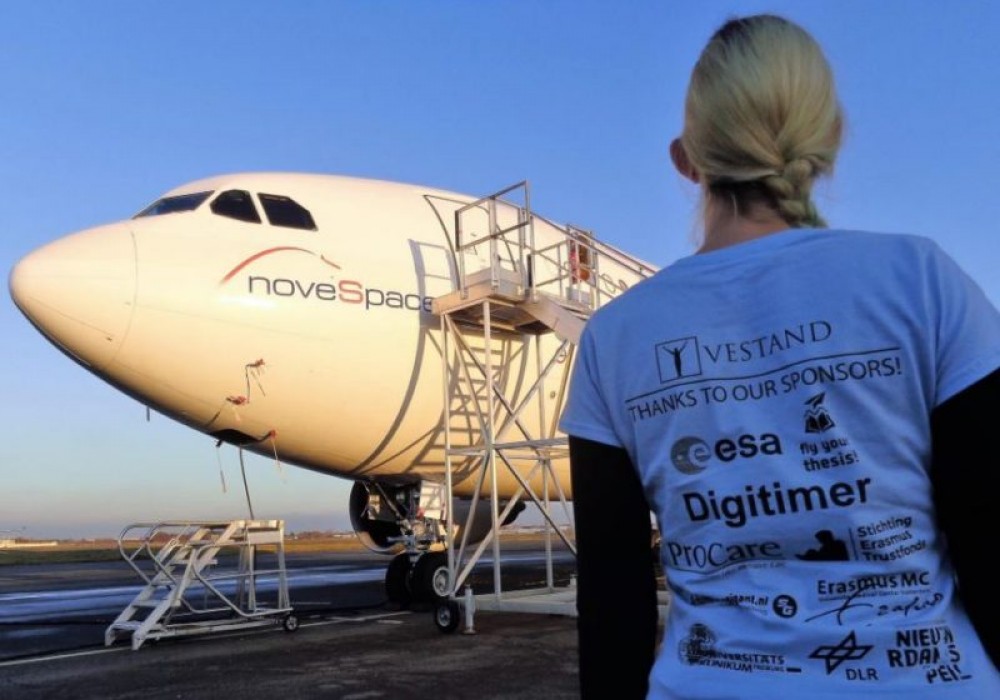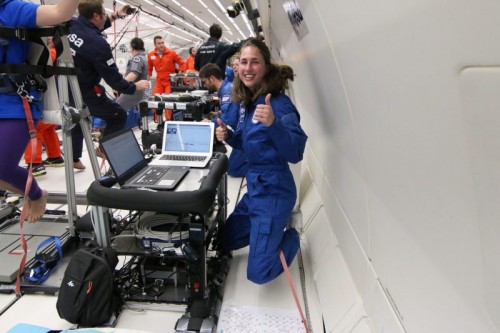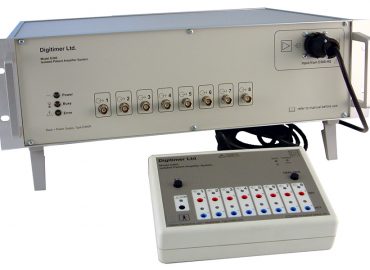The Ups and Downs of Vestibular Stimulation Research
In December 2017, Digitimer supported a project aiming to determine how gravity modulates the vestibular contribution to perceptions of self-motion and the ability to stand upright. Electrical vestibular stimulation, generated by a pair of Digitimer DS5’s was used to artificially activate the vestibular system (i.e. the balance organ) in human volunteers. This electrical stimulation evokes an artificial perception of motion and postural reflexes during standing balance.
The medically CE approved DS5 stimulator is able to deliver isolated stimuli generated by “noisy” arbitrary voltage waveforms and is ideally suited to vestibular stimulation experiments such as these.
The project was being undertaken by the VESTAND team, which was comprised of a group of Dutch students from the Erasmus Medical Centre and Delft University of Technology, trained in biomedical and engineering sciences, working with a post-doctoral fellow and professor from Erasmus MC. VESTAND participated as one of the student teams chosen to ‘fly’ their experiment in the European Space Agency (ESA) “Fly Your Thesis!” parabolic flight campaign. This ongoing ESA Education project relies on the use of the specially converted “Zero-G” Airbus A310 aircraft, which is operated by a division of the French Space Agency (Novespace) and allows occupants of the aircraft to experience 20 second episodes of micro-gravity up to 30 times in a single flight. We were relieved to hear that not only did the DS5 stimulators perform perfectly during these experiments, but they also showed no signs of micro-gravity induced sickness and remained seated, with belts fastened throughout the flights!
During the series of parabolic flights, the VESTAND team performed two experiments investigating self-motion perception and balance control. The perception experiment examined the effect of gravity on the perceived artificial sensation of motion and eye movements evoked by the electrical vestibular stimulation. The balance experiment examined the effect of gravity on the vestibular contribution to standing balance control using a random noise electrical stimulus.
The results of both experiments aim to reveal the neural computations involved in perceptions of self-motion and postural control, and may prove useful for future space missions to alien planets (e.g. Mars). If you would like to follow the VESTAND project, you can do so at www.facebook.com/vestandproject. This will allow you to obtain updates and access exclusive footage!
With thanks to Dr Patrick Forbes, Daphne van der Putte, Anne Arntz and the Vestand project members for their contributions to this blog post and to Novespace for allowing Digitimer to make use of their photographs.
